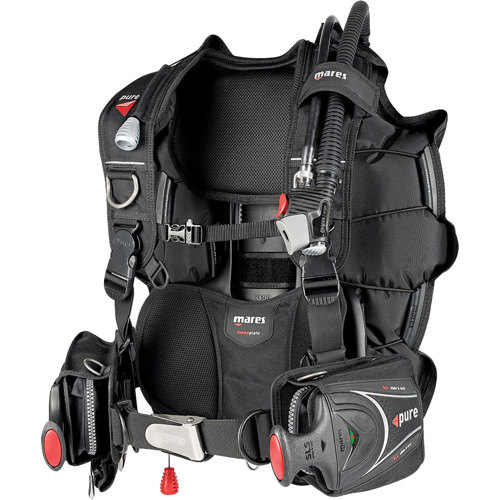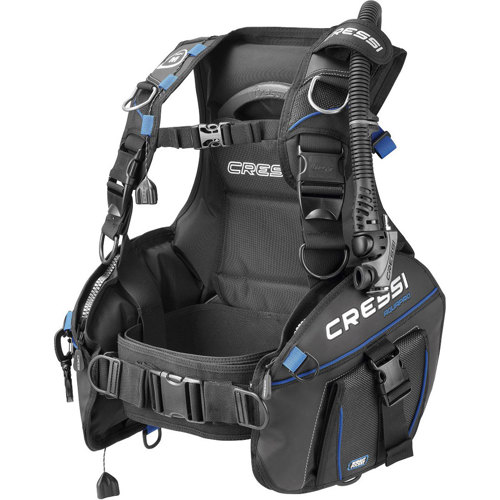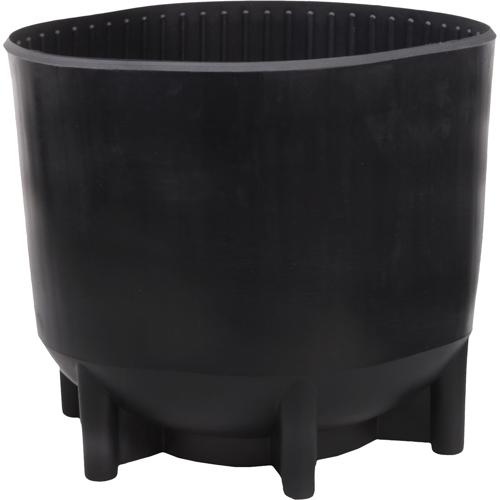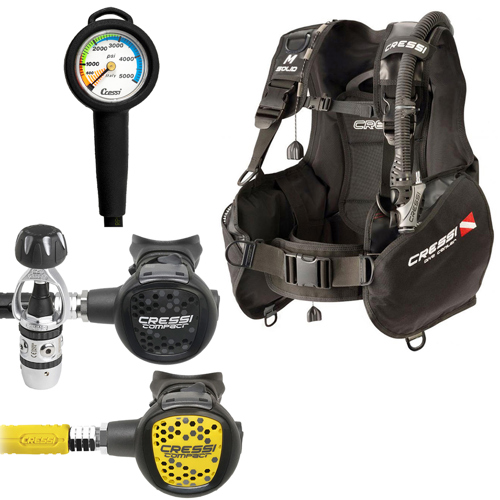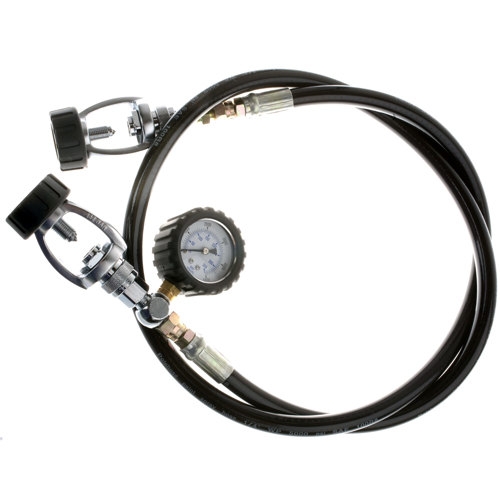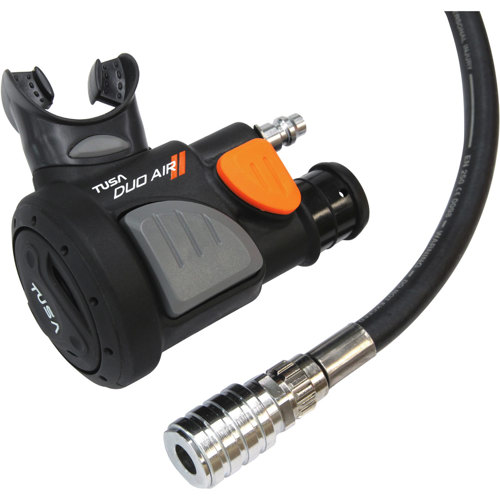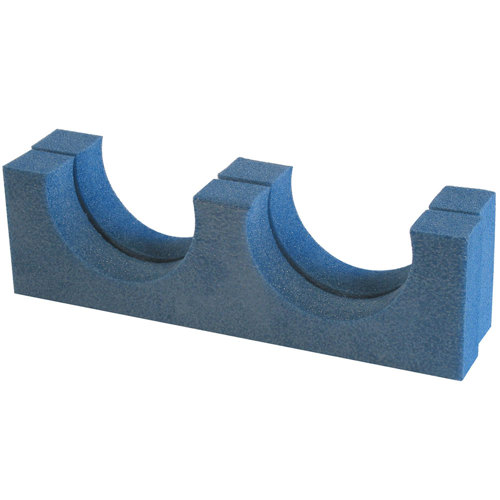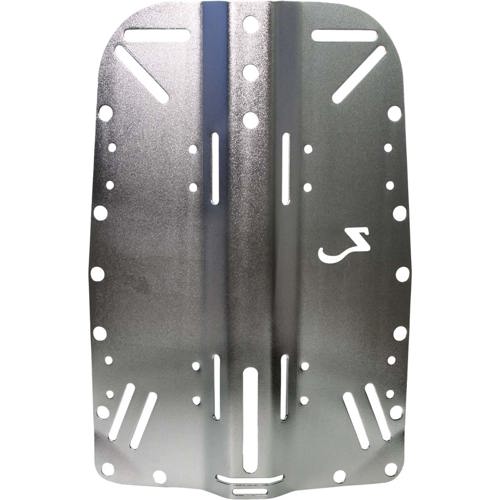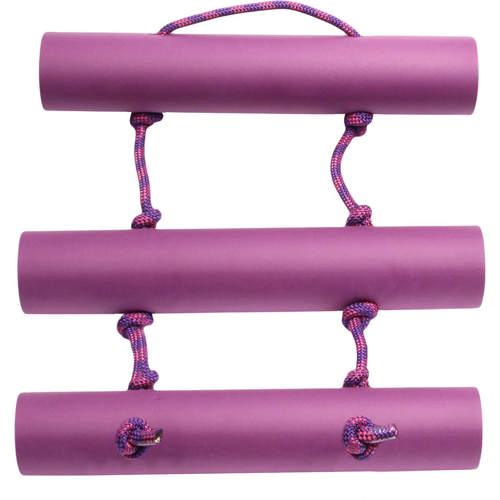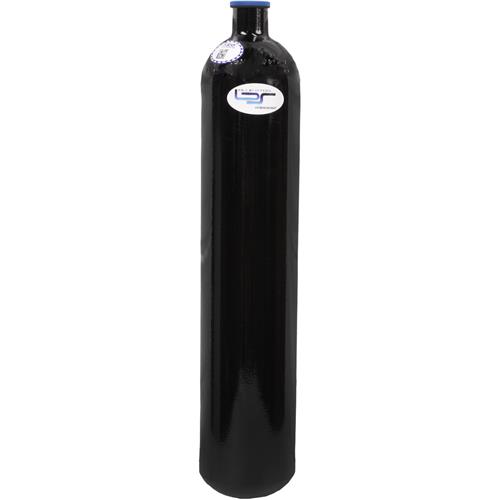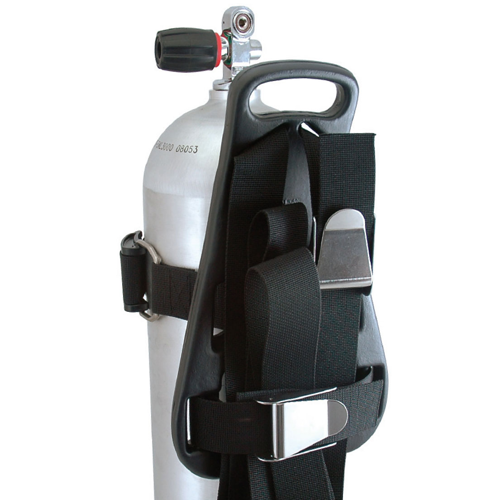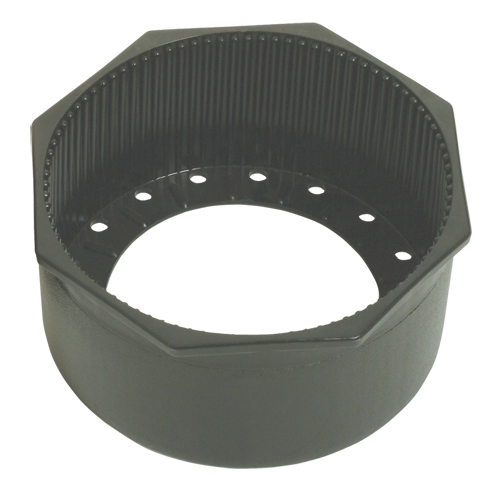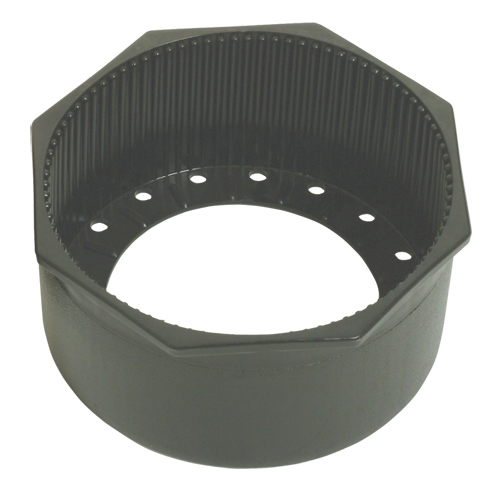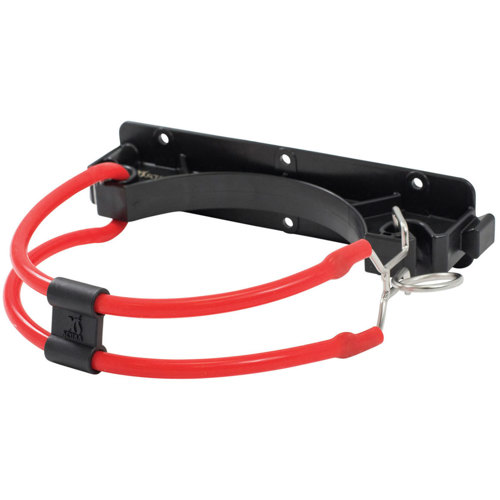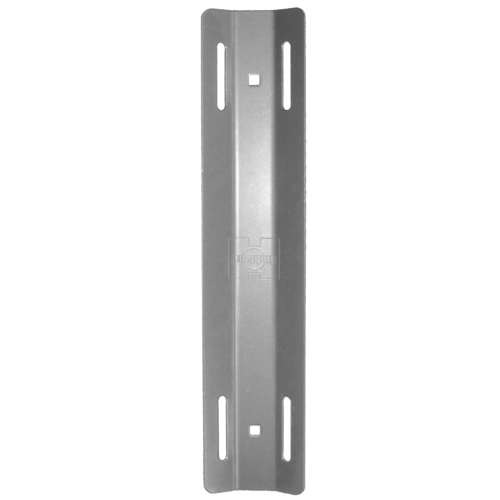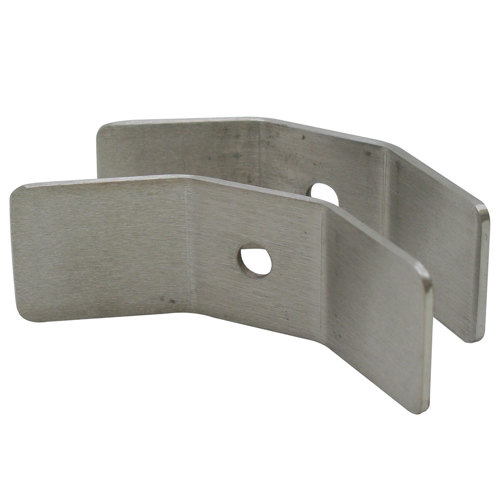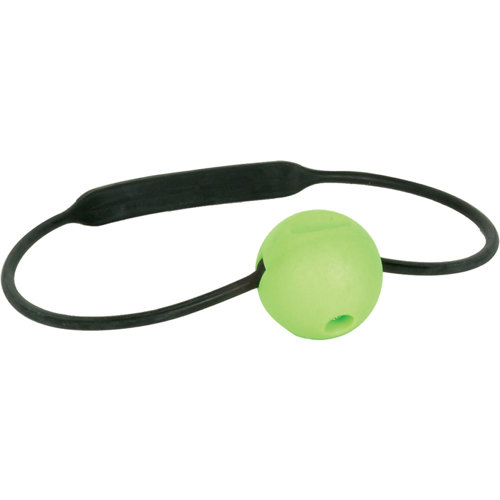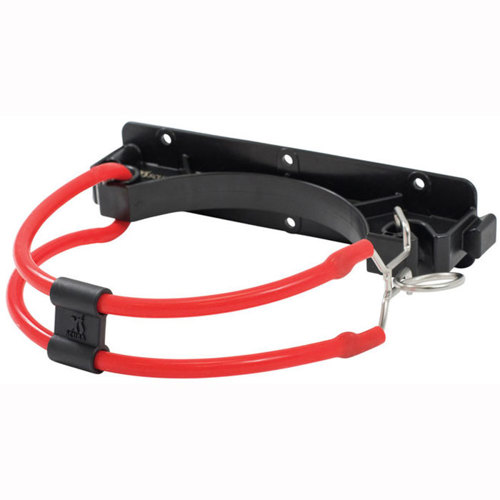Exploring the underwater world with double tanks is an experience that opens up new possibilities for divers who crave adventure, extended bottom times, and the confidence that comes with added gas reserves. As summer heats up and dive trips become more frequent, many seasoned divers find themselves seeking the reliability and versatility that double tank setups provide. Whether preparing for technical dives, deep wreck explorations, or simply wanting the peace of mind that comes from redundancy, double tanks are a staple for those who take their underwater pursuits seriously. The extra capacity allows for longer dives, more time to photograph marine life, and the ability to explore sites that would otherwise be out of reach with a single tank. For instructors guiding students through complex skills or dive buddies venturing into remote locations, double tanks are not just a luxury—they’re often a necessity.
Choosing the right double tank setup involves careful consideration of several factors, each tailored to the diver’s unique needs and aspirations. Buoyancy characteristics, tank material, and valve configuration all play a crucial role in determining comfort and safety underwater. Steel cylinders, for example, offer negative buoyancy and are favored by many for their compact size and trim, while aluminum tanks are lighter and easier to handle on land. The manifold system is another critical component, allowing divers to isolate tanks in the unlikely event of a failure, providing a level of security that’s hard to match with single tank systems. Divers planning for cold water or extended decompression stops often opt for larger capacities, ensuring ample breathing gas and reserve. For those just starting to transition from recreational to technical diving, it’s important to seek out double tank packages that are compatible with their existing gear, including harnesses, wings, and backplates. Many divers share stories of their first double tank dive—how the added weight felt at the surface, the adjustment to trim, and the exhilaration of knowing they could stay down longer, explore further, and surface with extra air in reserve. These setups are also a thoughtful gift for dive buddies celebrating milestones, instructors expanding their teaching repertoire, or anyone ready to take their diving to the next level.
Maintenance and safety are paramount when using double tanks, as the additional complexity requires regular inspection and careful handling. Summer dive trips often mean back-to-back days on boats or shore entries, so it’s essential to check O-rings, valves, and manifold connections before every dive. Storing tanks out of direct sunlight and rinsing them thoroughly after saltwater use helps prolong their lifespan. For divers who prioritize redundancy but prefer a more streamlined setup for certain dives, it’s worth exploring alternatives like stage bottles or pony tanks, which can be found on our
Scuba Backup Tanks page. As you prepare for the season’s adventures, investing in the right double tank system ensures that every dive is not just longer, but safer and more enjoyable. Whether you’re gearing up for a summer of exploration or gifting a loved one the equipment they need for their next big dive, double tanks are a cornerstone of serious underwater adventure.
Top Picks For Scuba Double Tanks


